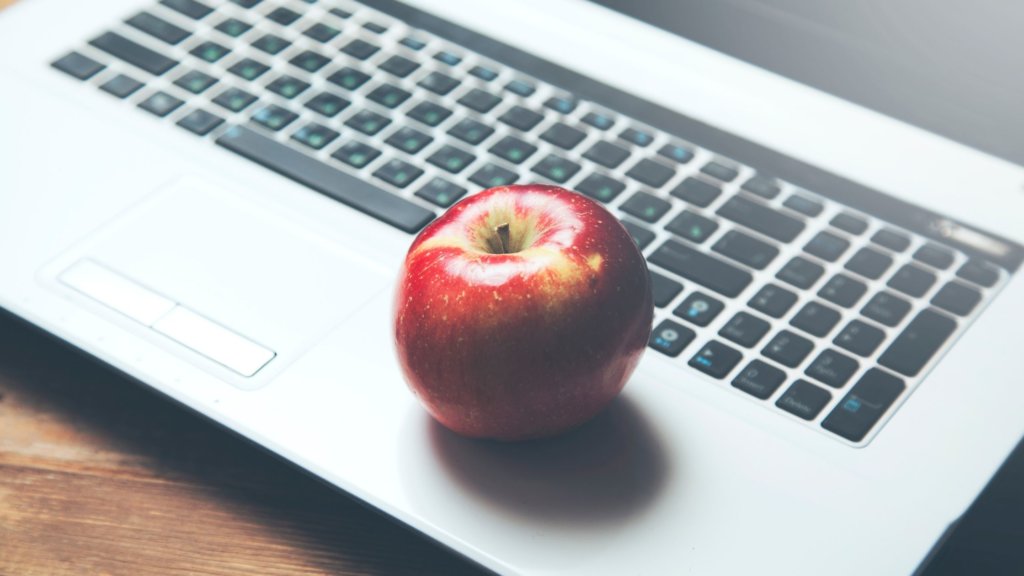When I was growing up, the school I went to had a hot lunch option twice a week. We loved it because it was a change up from bringing lunch from home every morning, our parents loved it because they got to sleep fifteen minutes later (every minute counts, right?). It was an all-around good idea. We had the option of pizza, Chinese food, or something else that probably fell under the ever-shrinking category of glatt kosher fast food. Anyways, in an attempt to not horrify parents too much at the amount of saturated fat we were probably consuming, there was always an orange included in lunch, which we almost always threw away, because orange after pizza is like orange juice after toothpaste. One day our teacher told us that our school superintendent, an amazing grizzly bear of a man that we all adored, was really upset that we were throwing away these oranges – fruits that were readily available to us as kids on the Upper West Side, but were considered a luxury in his home country. That was a smack in the face to all of us, and from that point forward we starting sending all uneaten food to City Harvest, a program in New York City that donates leftover food to food pantries (I know, it’s the wrong promotion, but this was the late nineties – AmpleHarvest.org didn’t exist yet). And that was my first introduction to food waste.
Food isn’t the only thing America’s been wasting. From my vague recollections of the middle of the twentieth century (based on personal memories of the era and the man behind AmpleHarvest.org, affectionately known among my friends as ‘The Hippie’), food wasn’t the main concern, but actual material was, or what we would probably refer to as “traditional” waste. Bottles, cans, Styrofoam, paper, apple cores, that basketball your kid tried to put through the washing machine, the unicorn the neighbor accidentally “killed” last week while mistaking it for a white deer: all in the same bin, then to the landfill.
Recycling started to take off in the seventies. Environmentalism became more important, the financial benefits became more apparent, and recycling became more convenient. Today, with the help of AmpleHarvest.org, City Harvest, and other similar programs, we can see the same development happening in our kitchens and in food banks. Many of us have bought a huge bag of apples or too many avocados and at some point realized that we just weren’t going to finish them before they spoiled. It’s an unpleasant situation to be in, because while an apple a day keeps the doctor away, three apples and two avocados per day probably bring the doctor running. While millions of homes in America throw away food that was purchased in excess and not consumed in time, millions more other homes don’t have enough food to have three basic meals per day. Imagine how much that would change if, once a week, families donated their unneeded food to a local food pantry so that hungry families could make use of it. Not only would those less fortunate be helped during hard times, but our landfills wouldn’t be full of perfectly good food. As an added bonus, those who are more fortunate wouldn’t have to watch their hard-earned dollars literally fall into the garbage can at the end of the week. It’s a win-win situation, with very little effort required from either side.
So, next time you see a unicorn in the landfill, remember that food is also material and it shouldn’t be wasted. If you have something in your kitchen that you aren’t going to use, donate it. America is full of people who don’t have enough to eat, and that loaf of bread or the extras from your CSA share in your kitchen that you aren’t going to eat could help a family that truly needs it.



